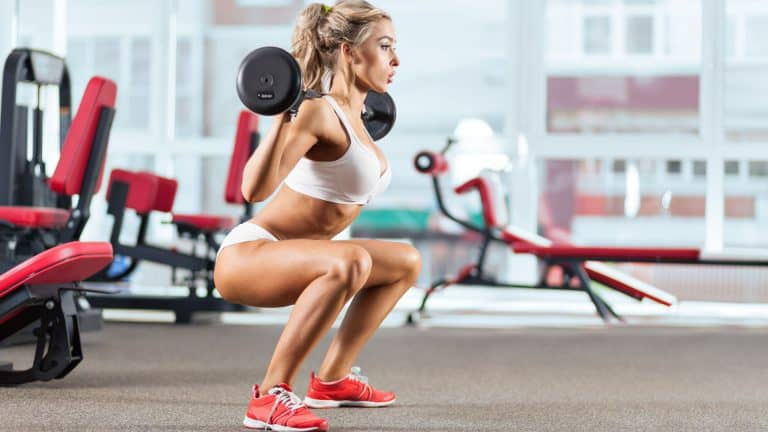Lateral Leg Lift
- 토토

- Aug 22, 2020
- 3 min read
Contents :
1. Lateral leg lifts
2. Why side leg raises?
3. Benefits of Side Leg Raises
4. How to Do Side Leg Raises ?
5. Surprising Effects Of This Exercise
6. Common Mistakes

Lateral leg lifts offer a lot of burn for just a little movement. This simple-to-perform body weight exercise requires no additional equipment in its standard variation. You can perform lateral leg lifts virtually anywhere, and the exercise accommodates multitasking, so feel free to take in your favorite TV show while working your lower body.
Why side leg raises?
Side leg raises involve abducting, or pushing away, the leg from your midline. It’s a great and simple way to build strength in the outer thighs and the hip abductors, which includes the gluteus medius and minimus. You can do it lying down or standing using just your body weight. This makes it easy to sneak in a few reps pretty much anywhere. Do as many side leg raises as needed according to your workout routine or workout plan. Generally, the first visible result is achieved after two-three weeks of doing not less than 30 side leg raises daily three-four times a week.
Benefits of Side Leg Raises
Side leg raises can be used as a warming-up exercise or you can perform it either when you do not feel like doing other workouts. It strengthens and builds up the hip muscles, helping them to look bigger, and gives a more defined appearance. This exercise is beneficial as it enhances posture, flexibility, balance and limb speed. It involves many groups of muscles of your lower body: side hip flexors, thighs, glutes, hamstrings, calves and obliques as well. Side leg raises help women to get rid of cellulite. Besides, doing this exercise does not require special equipment you can perform it at anytime and anywhere. This exercise is absolutely harmless.
How to Do Side Leg Raises ?
The initial position: stand straight with your feet at shoulder width, hands on your hips. Lift your right leg to the side about 45 degrees and then lower it back, repeat the same movement with the other leg, Do the necessary amount of repetitions.
Surprising Effects Of This Exercise
Improves flexibility - All leg raise exercises improve the flexibility of both your abdomen and hips area since they involve constant joint movements. This lets you stretch muscles to their maximum potential without feeling strained when climbing stairs or performing lunges. They also improve your posture since every leg workout adds support to your mid-section.
Enhances balance and stability - Some leg raise exercises such as the chin-up bar and raised curve bar strengthen your grip. Constantly performing them increases your balance and stability. They let you endure carrying your whole body's weight and prevent you from tripping over and hurting your back. As a result, it would be easier to wear heels for women. This also makes it an optimal exercise for athletes whose sports require balance, such as gymnasts and runners
Burns calories fast - In performing leg lifting exercises, your rectus abdominis is isolated from your body. They tone your muscles, improve your form and burn a good 58 to 65 calories for every 10- to 15-minute leg raise workout. As a result, fat in the belly area is burned faster especially when paired with a low-carb diet.
Lowers risk of back injuries - Leg raise also lowers the risk of back injuries. While every routine appears to focus on the abdominal area, back support is actually also improved. When this happens, your back muscles are more equipped to support greater weight and the strained feeling when you lift heavy objects is addressed.
Common Mistakes
You're Twisting Your Knees - Proper position at the start of the Pilates side leg lift is key to getting the full benefit of the move and avoiding injury. Following through with good form as you do the exercise is just as important. Don't let your knees twist or bend as you lift them. Remember to keep your body long and aligned—this means checking in to make sure your hips and torso stay facing forward.
Your Core Isn't Engaged - If you're adding side leg lifts or other Pilates moves, like the side-lying leg press, to your workout routine to strengthen a weak core, you may have a hard time keeping your core engaged as you perform the move. Go slow, breathe, and stay focused. Gradually add more reps to your routine. When you feel your core muscles slacking, pause for rest if you need it.
You're Yanking Your Leg Up - You want to initiate your slow, deliberate leg lift with your engaged core muscles. 토토 대표 사이트 Stay focused on the move to avoid yanking your leg from the hip or building up too much momentum, as this can strain, wrench, or injure muscles in your pelvis or back.






Comments